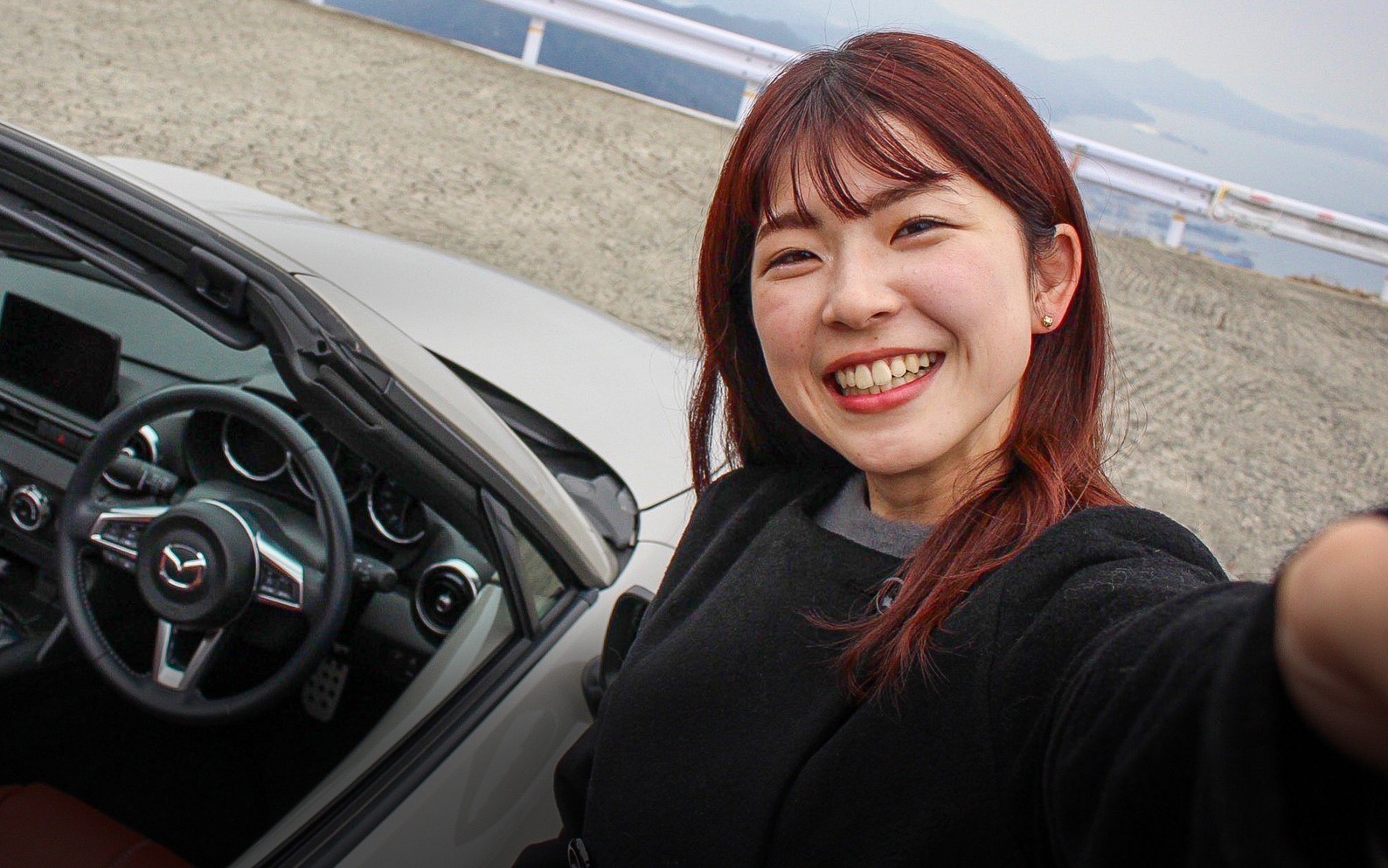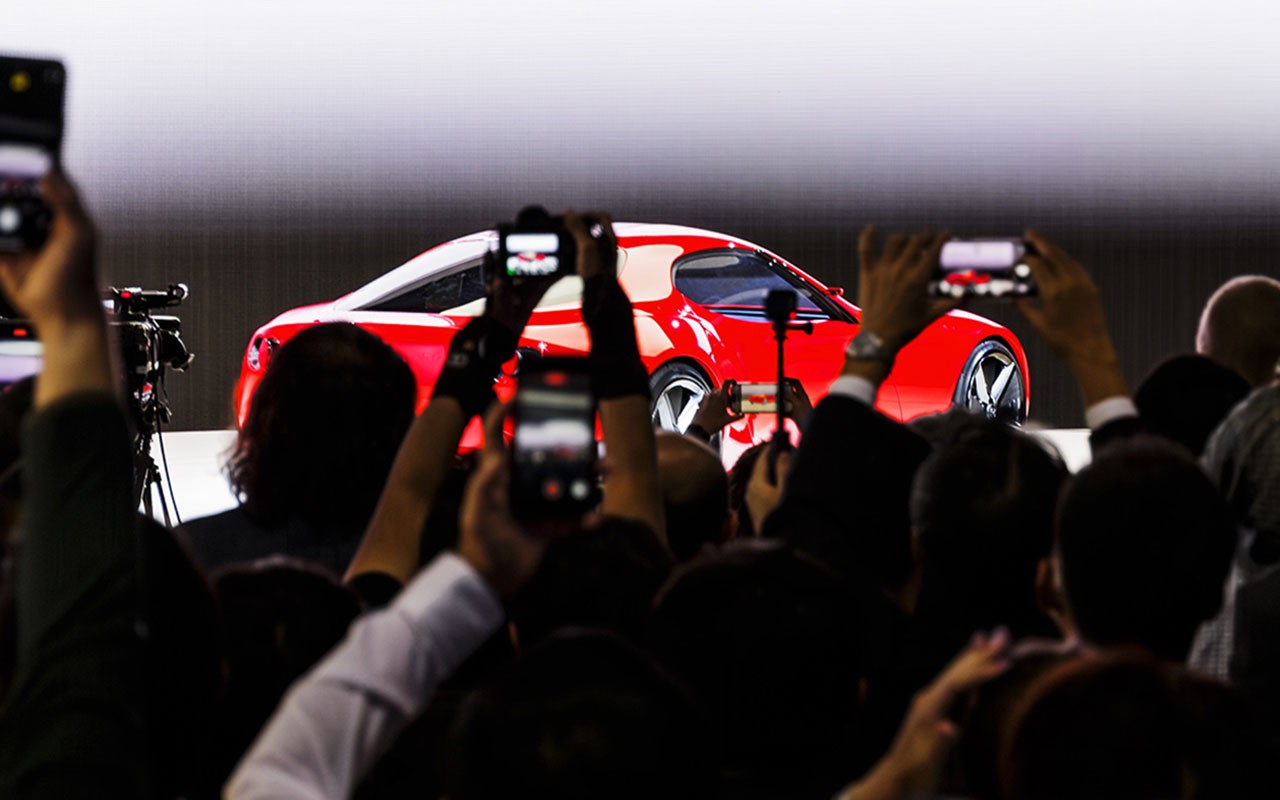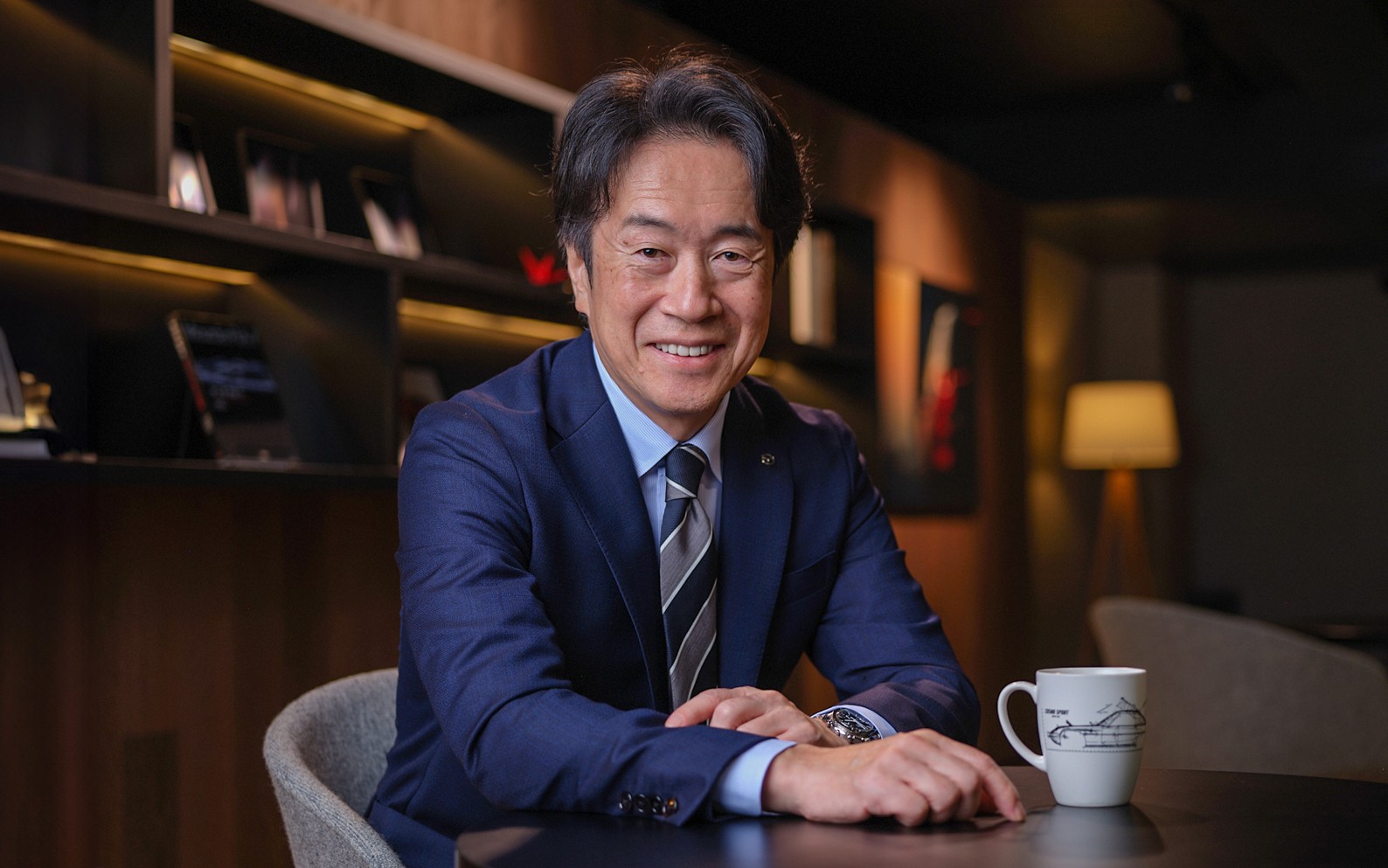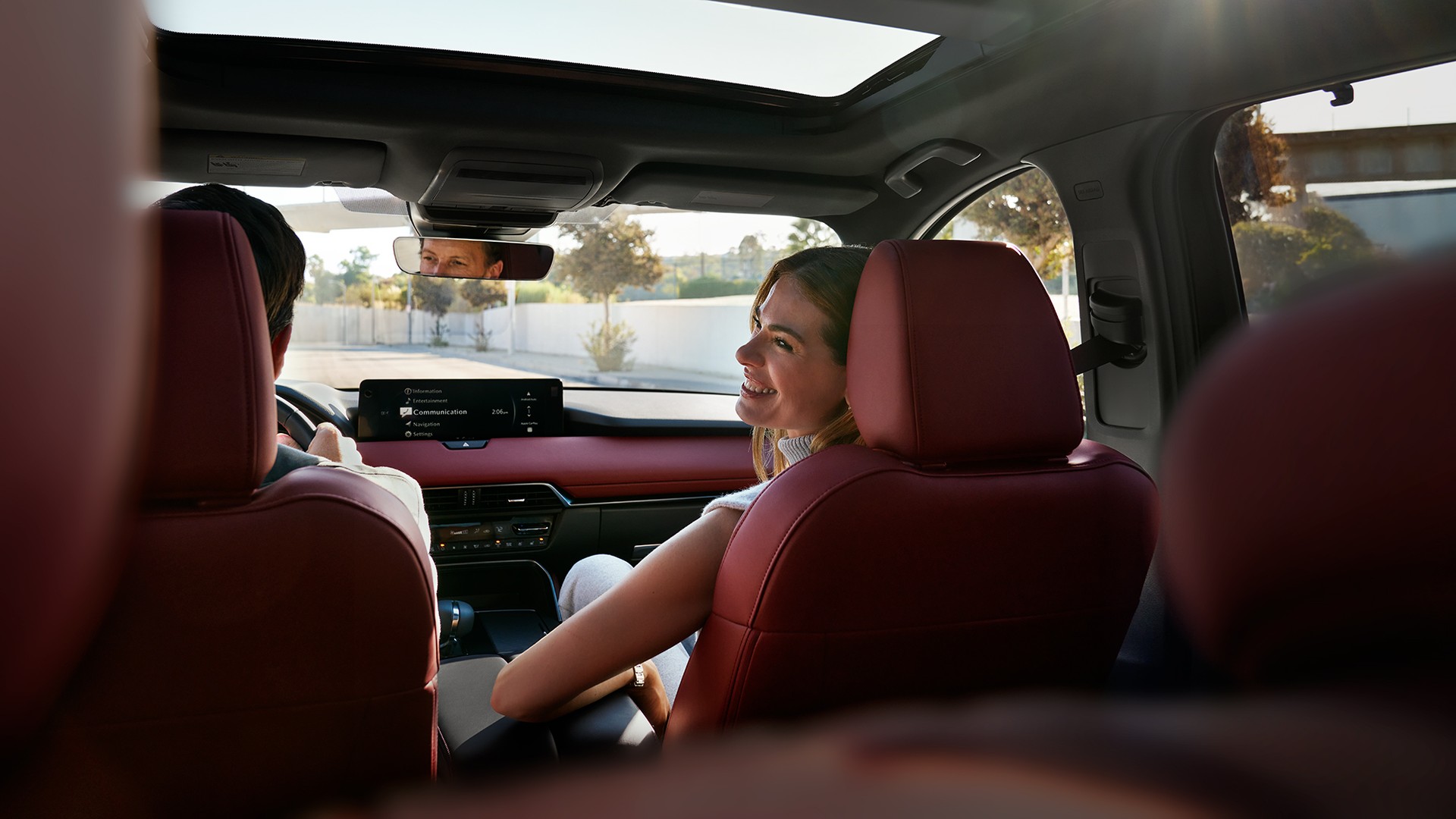
innovate
Mazda’s Human Approach to Safety
A commitment to a safer automotive future brings a new era of confidence for Mazda drivers.
As cars become increasingly software-defined, old-school purchase metrics such as acceleration times are being replaced with more considered options. Today, a combination of heightened safety measures, new car-to-driver technologies, and considerate driver-first design principles take the top spots when it comes to buying a new vehicle.
For Mazda, this poses an interesting challenge. How do you make a car as safe as possible, while still making it fun to drive? And to take things further still, as Mazda has with its proactive safety philosophy, how do you use technology to ultimately create a safer, driver-empowered automotive society?
Takahiro Tochioka, a program manager for advanced driver assistance systems (ADAS) at Mazda’s Development Strategy Planning Department, explains that the risk-mitigation objective has a human approach. “We always put the driver first,” he says. “We offer vehicle safety technology that allows them to enjoy driving the car on their own without it getting in their way.”
Now known officially as Mazda Proactive Safety, this vision is the cornerstone of Mazda’s research and development (R&D) department, having initially been introduced during the early 2010s. It’s here that Mazda doubled down on building innovative safety functions.
With a renewed focus on the car’s “hardware,” everything from the position of the driver’s seat to the field of vision was meticulously examined—leading to a wider re-examination of the vehicle chassis if necessary—to heighten the vehicle’s safety performance.
Next came the second phase, which focused on software and technology. Already passionate about heightened safety measures, Mazda wanted to take things to the next level and started work on even more advanced features. The culmination of this was the development of the i‑Activsense cache of safety technologies—including millimeter-wave radar, cameras, unintentional lane departure warnings, and automatic headlight switching—designed to help the driver to be aware of possible road safety risks ahead.
“We always put the driver first.”
Takahiro Tochioka, PROGRAM MANAGER, ADAS, DEVELOPMENT STRATEGY PLANNING DEPARTMENT
Continuing to aim for its self-set target of recording zero fatal collisions caused by its brand-new cars by 2040, Mazda is continuing to innovate, and it’s the Mazda Co-Pilot Concept that’s gaining traction. As the name suggests, this will be an even more advanced safety approach that acts as if the driver is equipped with the helping hand—and “kind eyes,” as Mazda states—of a co-pilot sitting next to them, tasked with monitoring what’s happening inside the car and the driver’s conditions.
“We’re now in the position to be able to further innovate and create something groundbreaking.”
Koichi Kojima, PROGRAM MANAGER, ADAS/AD, INTEGRATED CONTROL SYSTEM DEVELOPMENT DIVISION
Koichi Kojima, also an ADAS/AD program manager at the Integrated Control System Development Division, explains how it started. “In Japan, while the overall number of serious road collisions have been decreasing thanks to the advancement of safety technologies, those caused by the driver’s sudden illness have been on the rise,” he says. “This led us to come up with more advanced safety measures.”
Mazda has also enhanced Cruising & Traffic Support (CTS) technology, now with Unresponsive Driver Support— designed to calibrate as quickly as two minutes after starting driving. “The car monitors the state of the driver through a camera installed in the onboard display. When it detects the driver’s eyes are closed or distracted, or when the driver’s hands are off the steering wheel, the system can provide warnings in the form of haptic braking or voice guidance before bringing the car to a halt. At which point it also makes an emergency call and unlocks the doors for a necessary rescue operation on behalf of the driver.”

MAZDA CX‑70 SPOTLIGHT
The first-ever Mazda CX‑70 comes with an arsenal of safety features as standard. This includes using Mazda’s i‑Activsense advanced safety technology that features Road Keep Assist, providing alerts and assistance if the vehicle departs from the road; Blind Spot Monitoring when changing lanes; and a Vehicle Exit Warning when stationary, to alert the driver and passengers of approaching vehicles or cyclists.
As Kojima explains, CTS with Unresponsive Driver Support is now featured in the first-ever Mazda CX‑70. As a testament to Mazda’s road safety R&D efforts, this advanced safety feature demanded close work with government authorities to implement it safely.
Kojima clarifies: “For this kind of technology, we had to work with relevant authorities closely to make sure that our invention is not in breach of related laws or regulations, while further improving road safety for the drivers and occupants.”
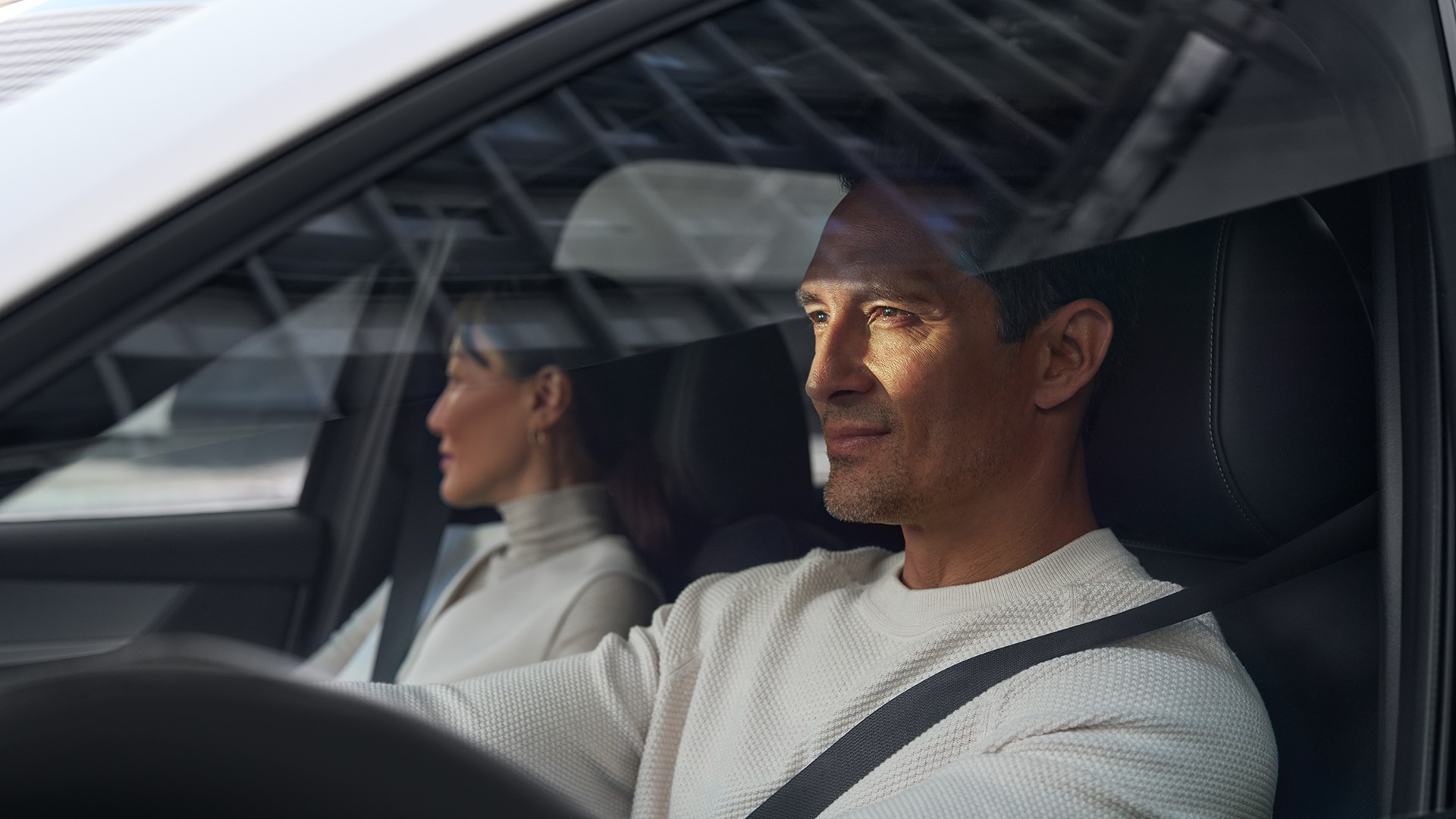
“The car monitors the state of the driver.”
Koichi Kojima, PROGRAM MANAGER, ADAS/AD, INTEGRATED CONTROL SYSTEM DEVELOPMENT DIVISION
This latest development in Mazda’s safety technologies is a priceless advantage, and its legacy is the fact that Kojima and his team internally developed every single piece of technology from scratch. In other words, all the finely tuned intel accumulated throughout the development process is firmly kept within Mazda’s R&D labs.
“We have the full understanding of our own system with all the in-house intel and experience shared across the board,” says Kojima. “We’re now in the position to be able to innovate further and create something groundbreaking for the future.”
Words Shogo Hagiwara

Find out more



